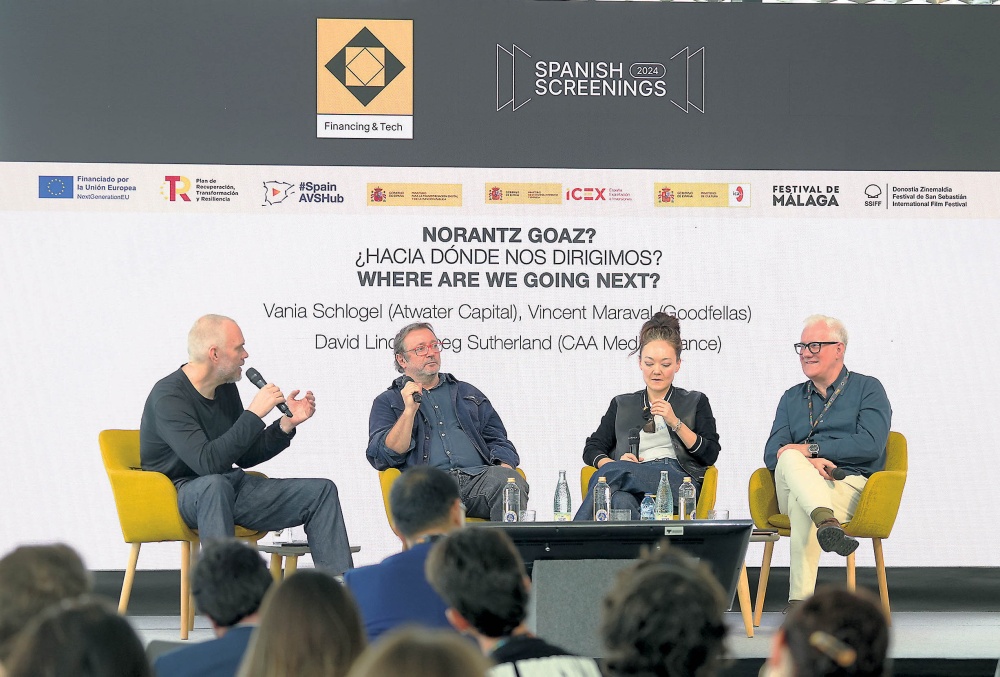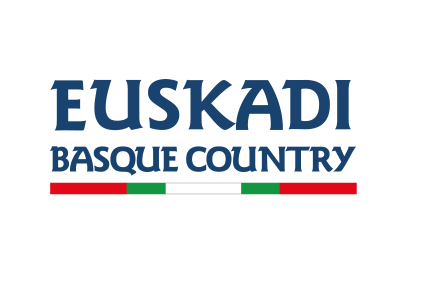Running September 24-25, San Sebastián’s 3rd Creative Investors Conference, organized in collaboration with CAA Media Finance, proved the most intense yet as panel after panel described in detail and nuance the ever more visible contours of a post-COVID film and TV landscape. One conclusion, however, is that such contours could change yet again. Notwithstanding that, some takeaways from two full mornings of discussions:
Change Changing So Quickly
“In history, the only absolute is change,” British historian Lord Acton wrote. But has change ever come so fast? “We had this huge pandemic, then we had a strike, and now we have AI coming, right very rapidly. I’ve seen a lot of changes in the business over many years but not at this speed,” said David Linde at a Wednesday Conference wrap-up panel. “The business is cyclical, but this cycle is faster,” agreed Goodfellas’ Vincent Maraval. “It’s how technology is moving so fast. Before things took place over five-to-seven year periods. Now it’s a couple of years.”
The New Audience Revolution
Maybe the biggest change is audience. “The specialty market is much more genre-friendly. Things you could not release in a specialty way before, you now can, as audiences are more receptive and have gotten younger,” said Scott Shooman, head of film at AMC Networks, during the opening roundtable Conference, Taking The Temperature Of The U.S. Market. “Largely due to genre film,” A24, Neon, and Magnolia Pictures are experiencing their best weekends of all time in 2024,” he noted. The shift is as enormous as that seen in the ‘70s, chronicled in Peter Biskind’s seminal book Easy Riders, Raging Bulls, he argued.
Audience Evolve in Age and Class in Europe
Cinemagoer demographics have pivoted in Europe as well, Charades’ Yohann Conte noted at a second session, Perspectives Across Europe. “In France, after COVID, like the end of the ‘60s when TV arrived, an elderly audience stayed home and a younger audience is feeling that the place to discover disruptive, provocative, or different content is in theaters,” he said. In Italy, even clientele’s social class has transitioned. “Rai Cinema’s Italian film slate used to be bourgeois drama. Now in Italy, you don’t make movies about that class because it doesn’t go to the cinema almost anymore. You make movies where the drama has been moved to lower classes,” said Lorenzo Gangarosa, ex-Wildside and now at Our Films.
Looking to Europe
No sector in no country has suffered so much as much of U.S. indie production from U.S. studio and streamers’ pullback in investment in movies and a move to more “commercial” production parameters. In some ways, the name of this panel should be: ‘Is it f*cking sustainable?’” ironized Christine Vachon, outlining the brutal, epic experience Brady Corbet went through to get The Brutalist made. Fixed union shooting costs make it incredibly challenging to make American independent movies,” said producer Jennifer Fox. “It’s almost impossible to make anything interesting in the U.S. right now because the budgets are so contracted,” said CAA Media Finance’s Roeg Sutherland. The obvious solution for U.S. producers is to look to Europe, he added, casting their films as European movies, tapping the continent’s fulsome tax incentive schemes. One of the ways to do that, said Gangarosa, is to have a European director and a U.S. cast.
The Pre-Sales Model is Broken
Among the litany of challenges the U.S. indie sector faces is a one change, building for several decades. “The ways in which we have financed independent films for the past gazillion years, which is foreign sales-based financing, pre-sales, etc. that system is broken,” said Vachon. At best, there’s a “handful” of territories – Germany, Japan, and Latin America – that are “really active” where projects can work, sell, and trigger financing, said Jonathan Kier at Upgrade Productions. Notably, the U.S., once the make-or-break for bigger films’ finance and marketing, is not on Kier’s list. “The U.S. piece is itself less important than it used to be because there’s not an expectation that a movie will sell.”
The Age of Opportunity
“Change” was probably the word mentioned most at the Conference. “Opportunity,” however, would have run it a close second. The largest comes from the very factor that bedevils much U.S. indie production: the contraction of investment from U.S. studios. “For people like us that work in the independent space there, we thrive in these moments because studios are not making the movies that they should be making, but they still have to fill slots,” said Sutherland. He cited the case of the $110 million Better Man, on which CAA Media Finance arranged the finance, about Robbie Williams who is portrayed as a monkey. “That movie would have never gotten made before independently. Those movies now exist independently because financiers feel they can fill the void that studios have provided us, that we’re going to have an opportunity to really take advantage of the distressed market in the next two years.”
John Hopewell





